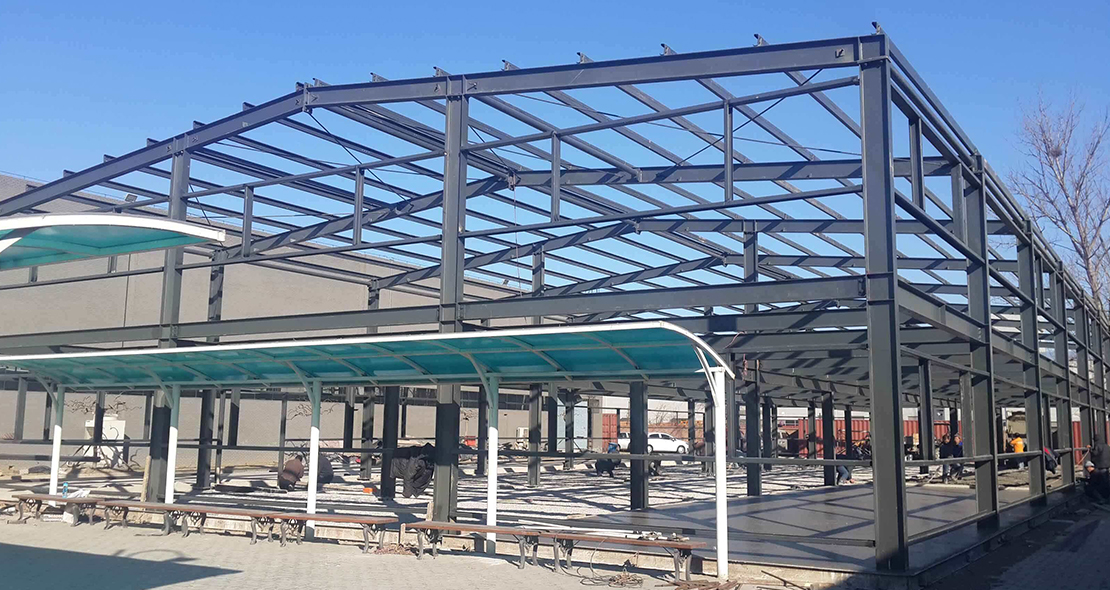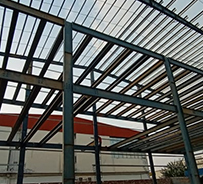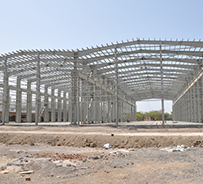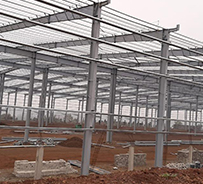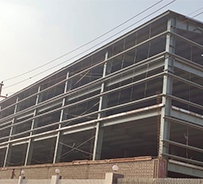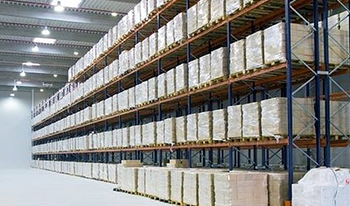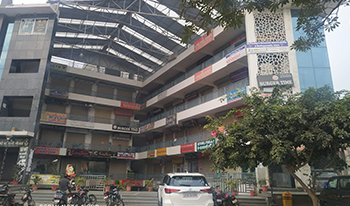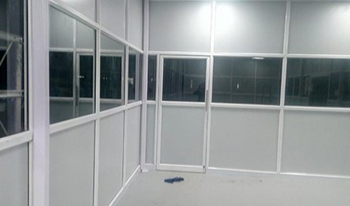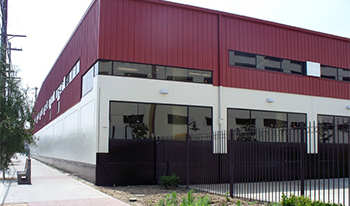Our source of raw steel material is very much dependent on individual project requirements. However, we usually obtain raw steel material from globally renowned rolling mills in bulk, upon being awarded a project. We also source for raw steel material from our vast network of stockists and trade agents to meet specific needs and schedules.
Structural steel comprises steel beams and columns used as the primary structural elements in an edifice. Used to form the skeleton, it supports all the other building components. Light gauge, cold-formed steel used in framing low-rise buildings and houses could be considered “structural” steel in as much as it forms the armature of the construction project.
